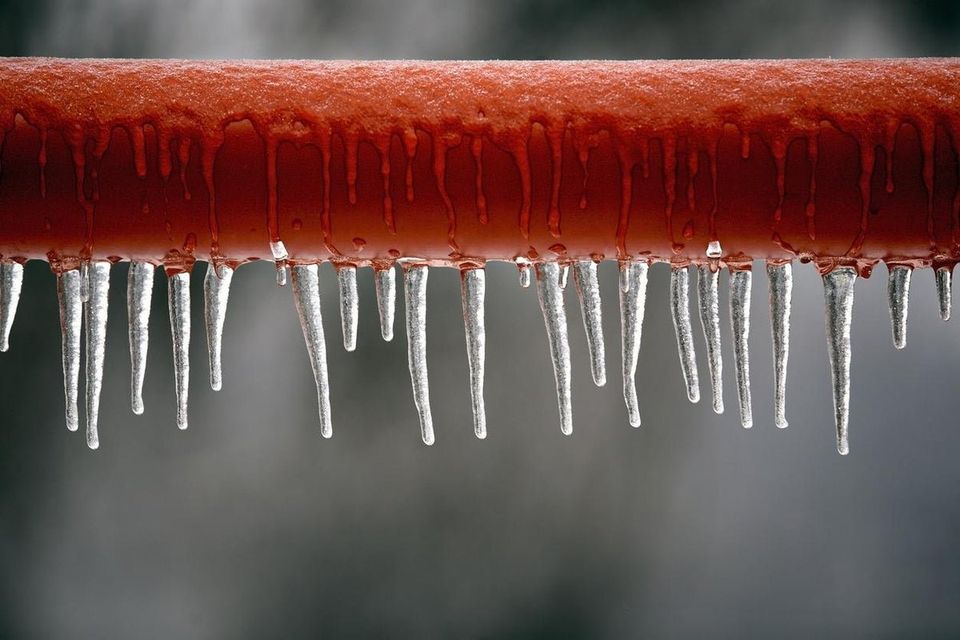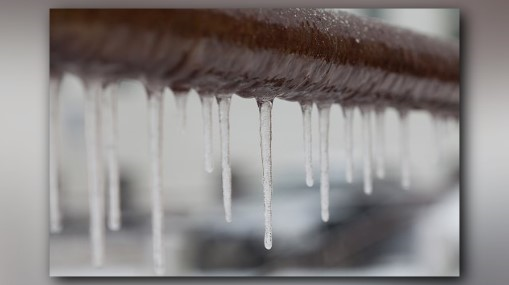Tips for Preventing Frozen Plumbing in Winter: Expert Tips
Tips for Preventing Frozen Plumbing in Winter: Expert Tips
Blog Article
How do you actually feel on the subject of How To Avoid Freezing Pipes?

Winter can damage your pipes, especially by freezing pipelines. Here's how to avoid it from taking place and what to do if it does.
Intro
As temperature levels decrease, the danger of icy pipes increases, possibly resulting in costly fixings and water damage. Understanding just how to stop frozen pipes is important for homeowners in cold climates.
Recognizing Icy Pipelines
What triggers pipes to ice up?
Pipelines freeze when revealed to temperature levels below 32 ° F (0 ° C) for extended durations. As water inside the pipelines ices up, it broadens, taxing the pipeline wall surfaces and possibly causing them to break.
Threats and damages
Frozen pipelines can result in water supply interruptions, property damage, and expensive repair services. Burst pipes can flooding homes and trigger substantial structural damages.
Indications of Frozen Pipeline
Determining icy pipelines early can prevent them from bursting.
Exactly how to identify icy pipes
Try to find reduced water flow from faucets, unusual odors or noises from pipes, and visible frost on revealed pipelines.
Prevention Tips
Insulating susceptible pipelines
Wrap pipes in insulation sleeves or use warm tape to shield them from freezing temperature levels. Focus on pipes in unheated or exterior locations of the home.
Home heating methods
Keep interior rooms properly heated, particularly locations with plumbing. Open closet doors to permit warm air to circulate around pipelines under sinks.
Protecting Outside Pipes
Yard hoses and exterior taps
Separate and drain yard hoses before winter. Install frost-proof spigots or cover outdoor taps with shielded caps.
What to Do If Your Pipes Freeze
Immediate activities to take
If you think icy pipelines, keep taps available to alleviate stress as the ice thaws. Use a hairdryer or towels taken in warm water to thaw pipes gradually.
Long-Term Solutions
Structural changes
Consider rerouting pipelines away from exterior walls or unheated locations. Include extra insulation to attics, basements, and crawl spaces.
Updating insulation
Invest in premium insulation for pipelines, attics, and walls. Correct insulation aids maintain consistent temperatures and reduces the risk of frozen pipes.
Final thought
Stopping icy pipes needs positive procedures and fast feedbacks. By recognizing the causes, signs, and preventive measures, home owners can shield their pipes during winter.
5 Ways to Prevent Frozen Pipes
Drain Outdoor Faucets and Disconnect Hoses
First, close the shut-off valve that controls the flow of water in the pipe to your outdoor faucet. Then, head outside to disconnect and drain your hose and open the outdoor faucet to allow the water to completely drain out of the line. Turn off the faucet when done. Finally, head back to the shut-off valve and drain the remaining water inside the pipe into a bucket or container. Additionally, if you have a home irrigation system, you should consider hiring an expert to clear the system of water each year.
Insulate Pipes
One of the best and most cost-effective methods for preventing frozen water pipes is to wrap your pipes with insulation. This is especially important for areas in your home that aren’t exposed to heat, such as an attic. We suggest using foam sleeves, which can typically be found at your local hardware store.
Keep Heat Running at 65
Your pipes are located inside your walls, and the temperature there is much colder than the rest of the house. To prevent your pipes from freezing, The Insurance Information Institute suggests that you keep your home heated to at least 65 degrees, even when traveling. You may want to invest in smart devices that can keep an eye on the temperature in your home while you’re away.
Leave Water Dripping
Moving water — even a small trickle — can prevent ice from forming inside your pipes. When freezing temps are imminent, start a drip of water from all faucets that serve exposed pipes. Leaving a few faucets running will also help relieve pressure inside the pipes and help prevent a rupture if the water inside freezes.
Open Cupboard Doors
Warm your kitchen and bathroom pipes by opening cupboards and vanities. You should also leave your interior doors ajar to help warm air circulate evenly throughout your home.

We are very excited about Preventing and dealing with frozen pipes and I'm hoping you appreciated the entire article. Those who liked our blog posting if you please make sure you remember to pass it around. Thank you for your time invested reading it.
Call Today Report this page